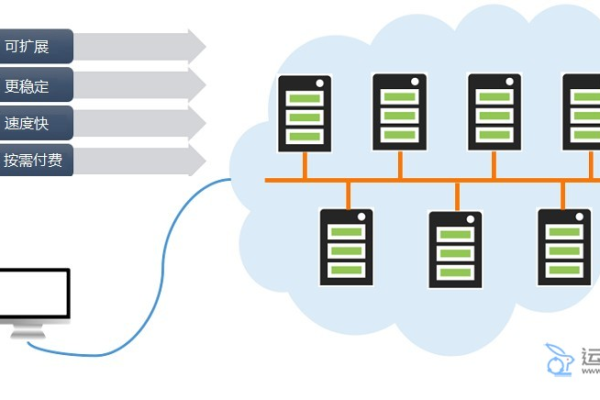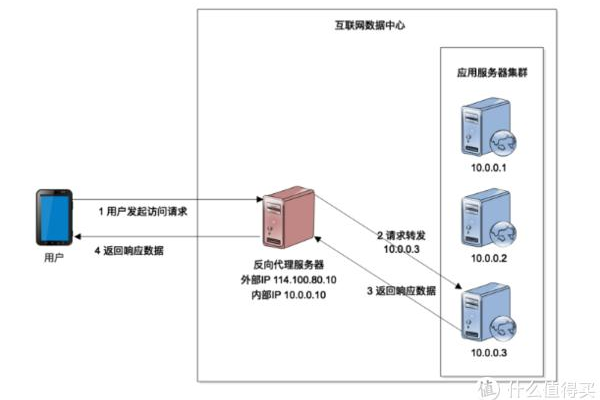c 判断网络状态
- 行业动态
- 2025-02-20
- 4
“
c,#include,#include,#include,#include,#include,#include,#includeint check_network_status() {, struct addrinfo hints, *res;, memset(&hints, 0, sizeof(hints));, hints.ai_family = AF_UNSPEC; // AF_INET or AF_INET6 to force version, hints.ai_socktype = SOCK_STREAM; int status = getaddrinfo("www.google.com", "80", &hints, &res);, if (status != 0) {, return 0; // Network is down or not reachable, } freeaddrinfo(res);, return 1; // Network is up and reachable,}int main() {, if (check_network_status()) {, printf("Network is up and reachable.,");, } else {, printf("Network is down or not reachable.,");, }, return 0;,},“
判断网络状态的方法和步骤
在C语言编程中,判断网络状态通常涉及使用系统调用和库函数来获取网络接口的状态信息,以下是一个详细的指南,介绍如何在C语言中实现这一功能。
引入必要的头文件
需要包含一些标准库和系统特定的头文件:
#include <stdio.h> #include <stdlib.h> #include <string.h> #include <sys/types.h> #include <sys/socket.h> #include <netinet/in.h> #include <arpa/inet.h> #include <unistd.h> #include <netdb.h> #include <ifaddrs.h> #include <errno.h>
获取网络接口列表
使用getifaddrs()函数可以获取系统中所有网络接口的信息,这个函数会填充一个ifaddrs结构体链表,每个结构体代表一个网络接口。
struct ifaddrs *interfaces, *ifa;
if (getifaddrs(&interfaces) == -1) {
perror("getifaddrs");
exit(EXIT_FAILURE);
}
遍历网络接口并检查状态
遍历链表,检查每个接口的状态,可以使用ifa->ifa_flags来判断接口是否启用(IFF_UP)和是否可运行(IFF_RUNNING)。
for (ifa = interfaces; ifa != NULL; ifa = ifa->ifa_next) {
if (ifa->ifa_addr == NULL) continue;
int family = ifa->ifa_addr->sa_family;
if (family == AF_INET || family == AF_INET6) { // 只关心IPv4和IPv6地址
printf("%-8s %s (%s)
",
ifa->ifa_name,
family == AF_INET ? "IPv4" : "IPv6",
inet_ntoa(((struct sockaddr_in *)ifa->ifa_addr)->sin_addr));
if ((ifa->ifa_flags & IFF_UP) && (ifa->ifa_flags & IFF_RUNNING)) {
printf("t状态:已连接
");
} else {
printf("t状态:未连接
");
}
}
}
释放资源
不要忘记释放由getifaddrs()分配的内存。
freeifaddrs(interfaces);
示例代码整合
将上述步骤整合成一个完整的程序:
#include <stdio.h>
#include <stdlib.h>
#include <string.h>
#include <sys/types.h>
#include <sys/socket.h>
#include <netinet/in.h>
#include <arpa/inet.h>
#include <unistd.h>
#include <netdb.h>
#include <ifaddrs.h>
#include <errno.h>
int main() {
struct ifaddrs *interfaces, *ifa;
if (getifaddrs(&interfaces) == -1) {
perror("getifaddrs");
exit(EXIT_FAILURE);
}
for (ifa = interfaces; ifa != NULL; ifa = ifa->ifa_next) {
if (ifa->ifa_addr == NULL) continue;
int family = ifa->ifa_addr->sa_family;
if (family == AF_INET || family == AF_INET6) { // 只关心IPv4和IPv6地址
printf("%-8s %s (%s)
",
ifa->ifa_name,
family == AF_INET ? "IPv4" : "IPv6",
inet_ntoa(((struct sockaddr_in *)ifa->ifa_addr)->sin_addr));
if ((ifa->ifa_flags & IFF_UP) && (ifa->ifa_flags & IFF_RUNNING)) {
printf("t状态:已连接
");
} else {
printf("t状态:未连接
");
}
}
}
freeifaddrs(interfaces);
return 0;
}
FAQs
Q1: 如何编译并运行上述程序?
A1: 保存上述代码为check_network_status.c,然后使用以下命令编译并运行:
gcc -o check_network_status check_network_status.c ./check_network_status
Q2: 如果我只想检查特定网络接口的状态,应该怎么做?
A2: 可以在遍历链表时添加条件判断,只处理感兴趣的接口名称,要检查名为eth0的接口:
if (strcmp(ifa->ifa_name, "eth0") == 0) {
// 检查并打印状态...
}
小编有话说
判断网络状态是网络编程中的一个常见任务,特别是在需要动态适应网络变化的应用中,通过上述方法,您可以在C语言中轻松获取并检查系统中各个网络接口的状态,记得根据具体需求调整代码,比如只关注特定类型的接口或处理特定的错误情况,希望这篇指南能帮助您更好地理解和实现网络状态的判断!















